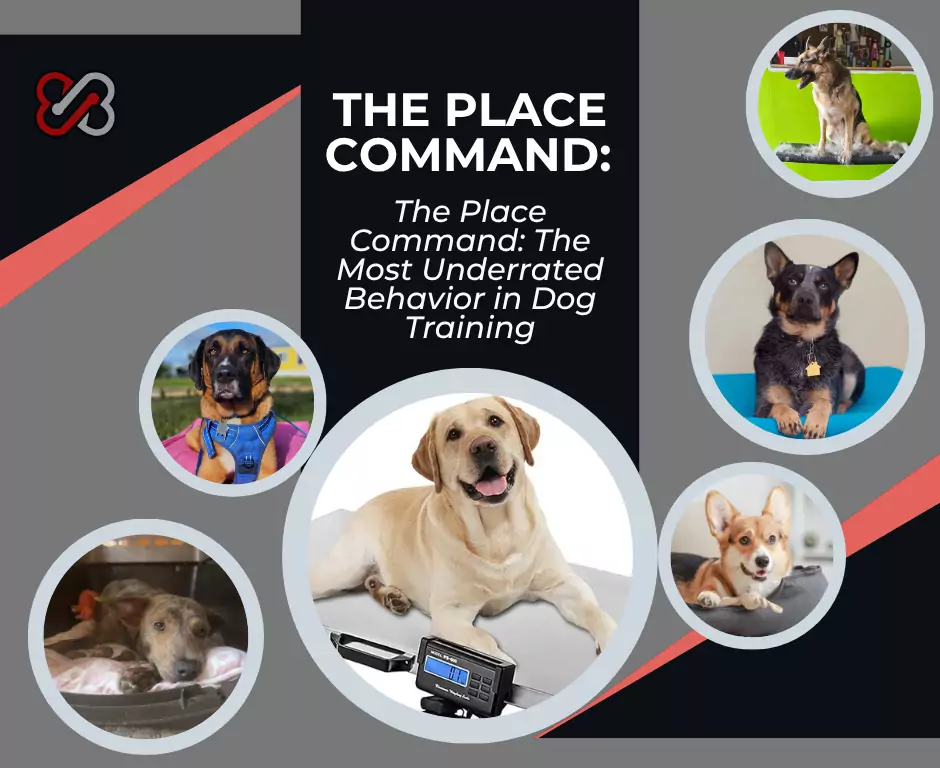The Place Command: The Most Underrated Behavior in Dog Training
August 3, 2025

I wish every dog owner was taught about the place command for their dog.
Not because it’s flashy or complicated, but because it’s practical. It’s one of the few cues that truly teaches dogs how to calm down and stay calm.
And for most households, that’s exactly what they need.
What is the Place command?
Place means: “Go to this spot I’m pointing to, stay there, and don’t leave until I release you.”
The dog isn’t frozen in a strict down or sit. They can lie down, stand up, even shift position, but they can’t get off the designated surface.
You can use a raised cot, a towel, a bed, or anything else with a clear boundary.
Why Place Matters
Place teaches:
Impulse control
Duration
Calm behavior in stimulating environments
Neutrality toward distractions
It’s the command I use in homes with guests, around kids, during meals, or when the doorbell rings. It gives dogs a job when their brain would otherwise be spinning.
Common misconceptions about Place
“Isn’t that just a fancy stay?”
No. Stay is a pause command and usually in one position.
Place is a long-term boundary-based command. It teaches the dog to self-regulate over time.
“Isn’t that mean?”
Not at all. It’s one of the most humane ways to help dogs decompress. Dogs crave security and clarity. Place provides both.
“Doesn’t that shut them down?”
Only if you train it poorly. When taught correctly, dogs relax in place. They learn to observe without reacting. That’s a skill, not suppression.
How I teach Place
Introduce the surface – Lure or guide the dog onto the cot or bed.
Mark and reward – As soon as all four paws are on, mark (“yes”) and treat.
Build duration – Feed for staying put, not just getting on.
Add distractions – Walk around, knock on a wall, drop a toy.
Add distance – Walk away while they hold Place.
Add time – Start with 30 seconds, build up to 30 minutes or more.
Use in real life – Dinner time. Visitors. The end of a training session.
The long-term payoff
Place isn’t just for peace and quiet in the moment. It creates long-term behavioral change. Dogs that struggle with reactivity, anxiety, or hyperactivity learn how to settle themselves.
And that translates into better behavior everywhere else.
I’ve had clients tell me Place changed their whole relationship with their dog. The dog became calmer. More independent. Less demanding.
It’s not magic. It’s just good structure and good timing.